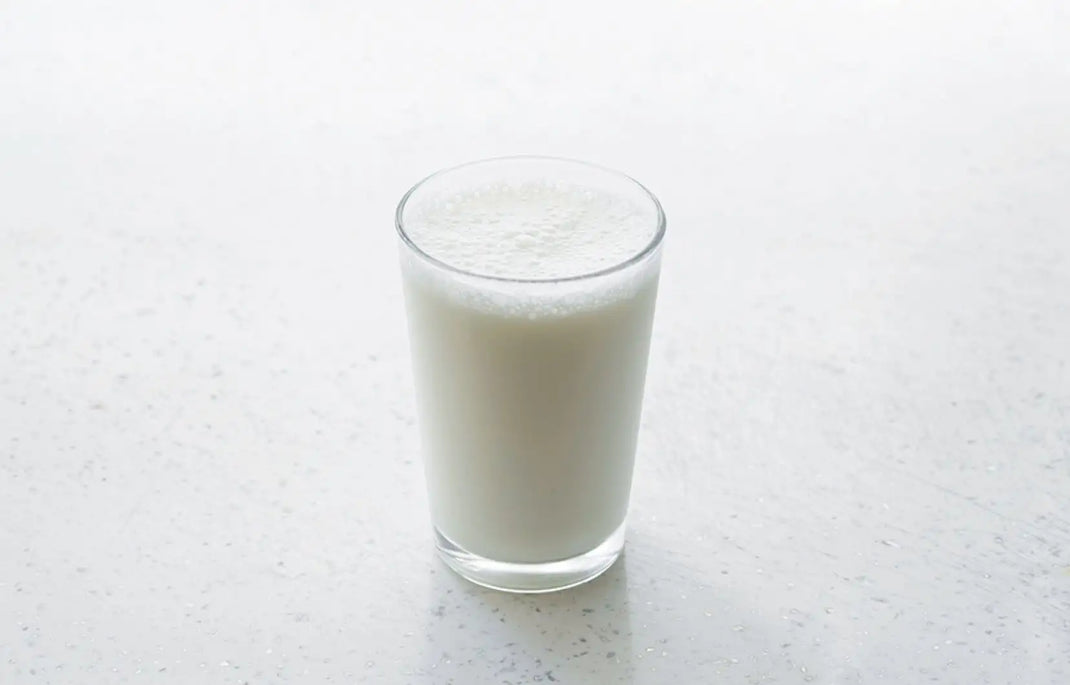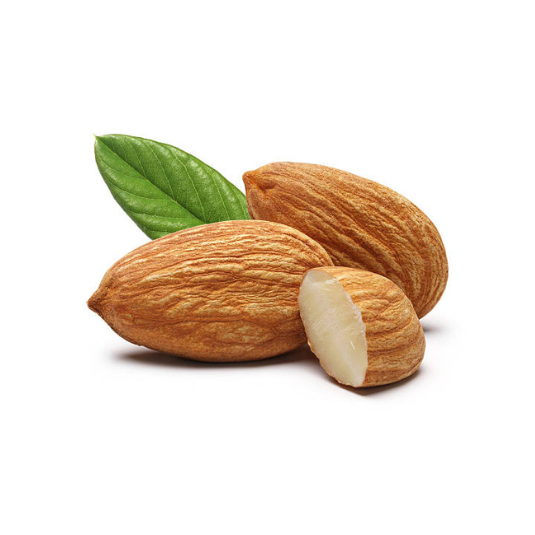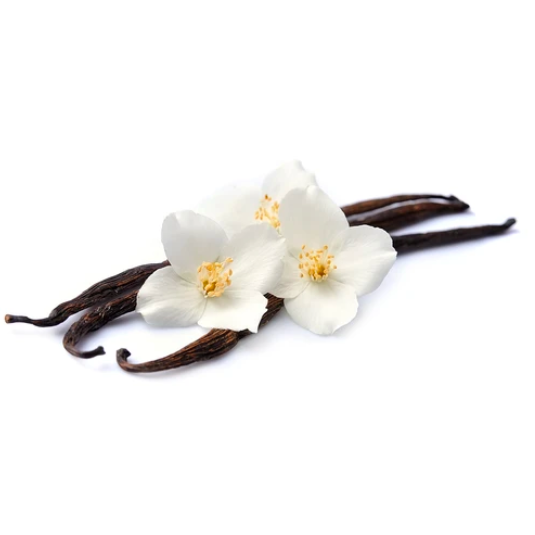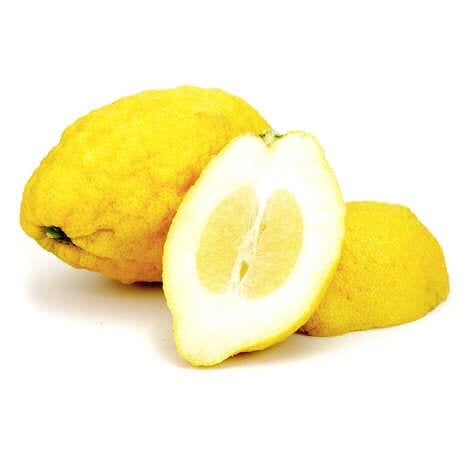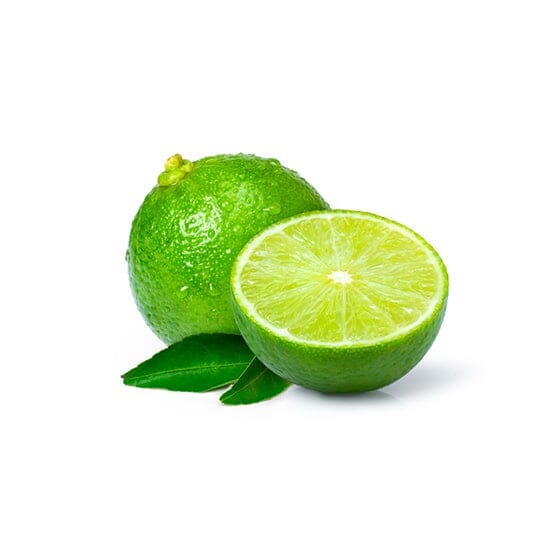What does the word honey mean?
The word "honey" originates from the Latin "mel," which also means "honey." This Latin term was borrowed from the ancient Greek "μέλι" (méli). The common Indo-European root is "melit" or "mel," which means honey, and this root has given rise to similar words in various Indo-European languages, including the Latin "mel." Over time, the word "honey" has spread to many languages, including French, English (honey), Spanish (miel), Italian (miele), and other modern languages.
In the beginning…
The history and origins of honey date back to prehistoric times. Honey was one of the first natural sweeteners used by humans, long before the discovery of agriculture. Bees, present for millions of years, have played an essential role in honey production. The first evidence of honey consumption dates back to over 8,000 years BC, as evidenced by cave paintings depicting humans harvesting honey from wild beehives.
Over time, humans learned to master beekeeping and domesticate bees to promote honey production. Ancient Egypt is known for its abundant use of honey, both in food and in religious rituals and medicine. In many ancient civilizations, honey was considered a sacred and precious food. The ancient Greeks, Romans, Chinese, Indians, and other cultures all used honey for various purposes, from cooking to traditional medicine.
Over the centuries, honey has continued to be appreciated and used around the world. Today, beekeeping is an important activity in many countries, and honey is widely consumed as a natural sweetener, culinary ingredient, and traditional remedy for its therapeutic properties. In short, the history of honey dates back to prehistoric times, and its discovery by humans marked the beginning of a lasting relationship with bees and nature, providing a sweet treasure to humans for thousands of years.
The creation of molecules of honey syntheses
The process of creating synthetic molecules that reproduce the honey note in perfumery is carried out in the laboratory by specialized chemists. They first study the compounds present in natural honey to understand its olfactory complexity. Then, using organic chemistry techniques, they synthesize artificial molecules that possess odorant characteristics similar to those of honey. Iterations are necessary to perfect the reproduction of the honey note. These synthetic molecules offer perfumers a sustainable and ethical alternative to using natural beeswax extracts, while preserving the characteristic scent of honey in their perfume creations.
What did you know about honey in perfumery?
To transform honey into perfume, perfumers primarily use two approaches: beeswax absolute and synthetic molecules. Absolute is extracted from beeswax after washing with alcohol, capturing its characteristic sweetness. Synthetic molecules, such as phenylacetic acid, allow the honey note to be reproduced sustainably and ethically. These ingredients are then incorporated into perfume compositions, creating gourmand, warm, or sensual fragrances. Honey adds a unique and captivating touch, allowing perfumers to explore a diverse olfactory palette, ranging from sweet accords to seductive, unisex notes.
Honey has a mild, sweet, and distinctive aroma that can vary depending on its floral origin. It typically exudes warm, indulgent notes, evoking floral, fruity, and slightly caramelized scents. The scent of honey can evoke the sweetness of flowers, ripe fruit, and the comforting warmth of caramel. Some types of honey can have more specific nuances depending on the flowers the bees visit, giving honey a wide variety of flavors, ranging from delicate to intense.
The olfactory accords with honey are varied and allow for the creation of unique and captivating fragrances. Here are some examples of common accords associated with honey in perfumery:
• Floral accords : Honey blends harmoniously with floral notes such as rose, jasmine, neroli or lily of the valley, bringing a sweet softness and a gourmet aspect to floral compositions.
• Gourmet pairings : Honey is often used in gourmet pairings alongside sweet notes such as vanilla, caramel, chocolate or candied fruit, creating warm and delicious aromas.
• Woody accords : By combining honey with woody notes such as sandalwood, cedar or vetiver, we obtain sensual and captivating fragrances, combining sweet softness and woody warmth.
• Amber Accords : Honey is frequently used in oriental accords alongside warm spices like cinnamon, cloves or cardamom, creating rich and seductive scents.
• Leather accords : Honey can also be combined with leather notes to create intense and sophisticated fragrances, bringing a sweet and sensual touch to the composition.
Good to know!
Honey offers a multitude of health benefits and virtues. In addition to being a delicious sweet alternative, it is rich in antioxidants, helping to protect the body's cells from free radicals. Honey also has antibacterial and anti-inflammatory properties, useful for soothing sore throats and promoting wound healing. It can improve sleep quality thanks to its soothing properties. In cosmetics, honey is used to moisturize and soothe the skin. Its prebiotic effects support good digestive health. However, it is essential to consume honey in moderation, as it is high in sugar.
Legendary perfumes with honey
• Taboo Tobacco Extract from Parfum d'Empire
• La Diva Eau de Parfum by Emanuel Ungaro
• Prada Candy Florale Eau de Toilette by Prada
• Jean Paul Gaultier Scandal
• Sun cleaning from Guerlain
• Free the Perfume of Yves Saint Laurent





